Table of Contents
Mace spice is derived from the dried aril (outer covering) of the nutmeg fruit (Myristica fragrans). Its chemical composition includes essential oils (cinnamaldehyde, eugenol, myristicin), flavonoids, phenolic compounds, and resins. These compounds work together to create mace's distinctive warm, sweet, and slightly spicy flavor profile with subtle floral and citrus notes. Scientific analysis using gas chromatography-mass spectrometry (GC-MS) confirms these components and their relative concentrations.
Introduction to Mace Spice
Mace is one of those spices that often gets overlooked, yet it holds a world of flavor waiting to be unlocked. If you've ever seen a nutmeg on the shelf and wondered what that red, lace-like coating was, you're not alone. That's mace, and it's more than just a pretty wrapper—it's a distinct spice with its own unique character.
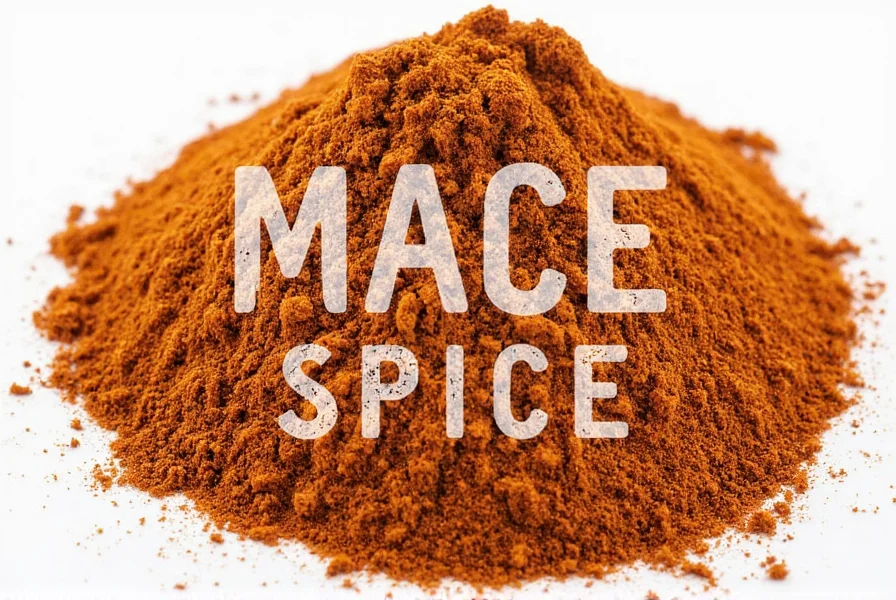
In this article, we'll explore what is in mace spice, how it differs from other spices, and why it deserves a place in your kitchen. Whether you're a seasoned chef or a curious foodie, there's something here for everyone.
What Is In Mace Spice?
To understand what is in mace spice, we need to start at the source. Mace comes from the same tree as nutmeg—the Myristica fragrans tree. However, while nutmeg is the seed inside the fruit, mace is the dried, lacy aril that surrounds it.
This outer layer is harvested when the fruit ripens and then sun-dried. The result is a delicate, reddish-brown spice with a complex aroma and taste. Let's break down the specific chemical compounds that make up mace:
| Compound Type | Key Compounds | Typical Concentration | Flavor Contribution |
|---|---|---|---|
| Essential Oils | Cinnamaldehyde, Eugenol, Myristicin, Elemicin, Sabinene | 1-2% total | Warm, sweet, floral, spicy, citrus notes |
| Flavonoids | Quercetin, Kaempferol | 0.5-1% | Mild bitterness, antioxidant properties |
| Phenolic Compounds | Vanillin, p-Coumaric acid | 0.3-0.8% | Subtle heat, preservation |
| Resins | Myristicin derivatives | 0.1-0.3% | Flavor complexity, texture |
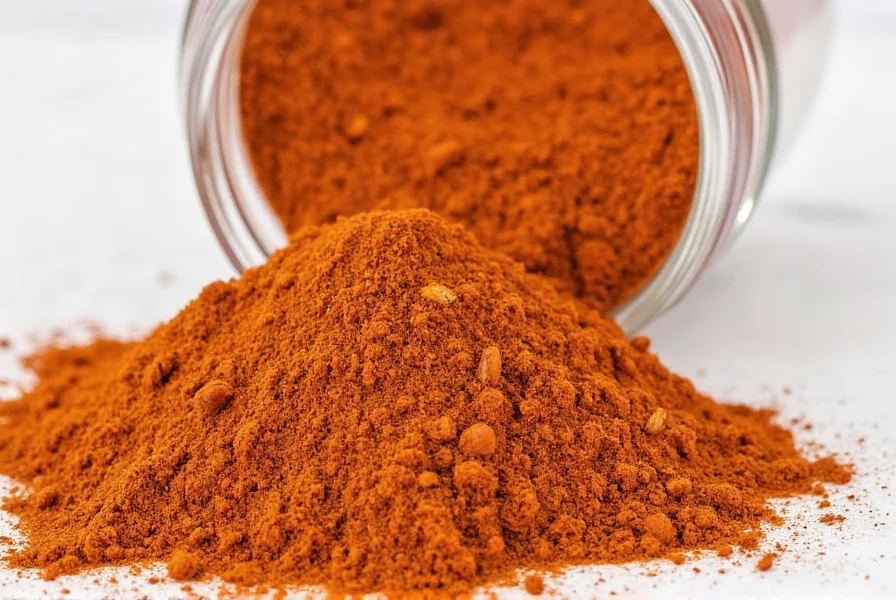
Scientific studies using GC-MS analysis have confirmed these compounds and their relative concentrations. For example, cinnamaldehyde (typically 0.2-0.5%) contributes cinnamon-like sweetness, while eugenol (0.3-0.6%) provides clove-like warmth. Myristicin (0.5-1%) adds a subtle spicy note, and elemicin (0.1-0.3%) contributes to the floral character.
Flavor Profile and Culinary Uses
The flavor of mace is subtle but impactful. It's less intense than nutmeg, but more complex. When used in cooking, it adds a gentle warmth and depth that can elevate both savory and sweet dishes.
Here are some common culinary uses:
- Baking: Mace pairs beautifully with apples, pears, and pumpkin. It's a classic addition to pies, cakes, and cookies.
- Soups and Stews: A pinch of mace can enhance the flavor of hearty soups like chicken pot pie or vegetable stew.
- Meat Dishes: Mace works well in marinades, especially for game meats or roasted poultry.
- Dairy Products: Try adding a bit to custards, cheeses, or even butter for a unique twist.
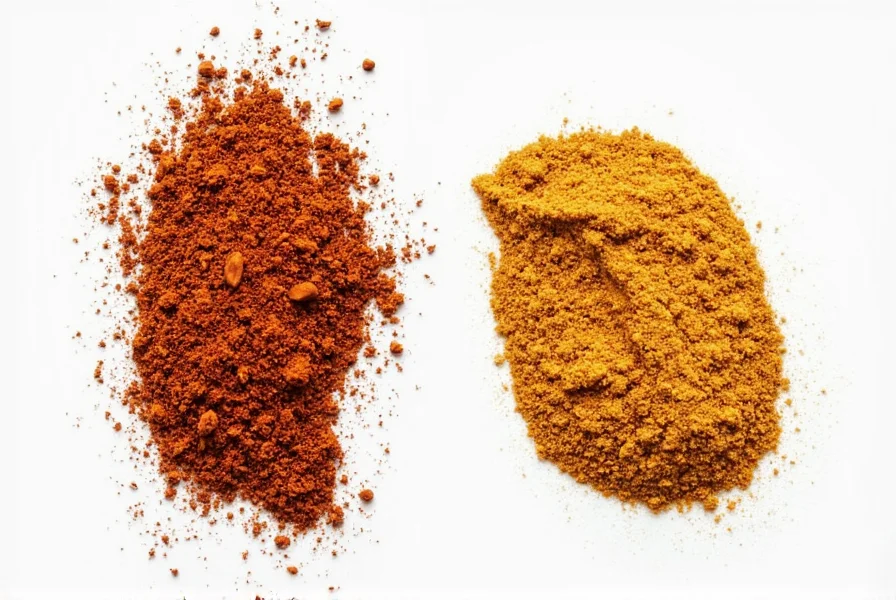
It's also important to note that mace has a stronger aroma than nutmeg, so a little goes a long way. Overusing it can lead to an overpowering or bitter taste.
Mace vs. Nutmeg: What's the Difference?
Many people confuse mace with nutmeg, and it's easy to see why. Both come from the same tree, but their flavors and uses differ significantly.
| Feature | Mace | Nutmeg |
|---|---|---|
| Source | Aril (outer layer) of the nutmeg fruit | Seed inside the nutmeg fruit |
| Color | Reddish-brown, lacy texture | Light brown, hard seed |
| Flavor | Warm, sweet, slightly spicy, with a floral note | Sweet, nutty, with a slight bitterness |
| Key Compounds | Higher eugenol and myristicin, lower myristicin derivatives | Higher myristicin derivatives, lower eugenol |
| Use in Cooking | Used in baking, soups, and meat dishes | Common in baking, sauces, and beverages |
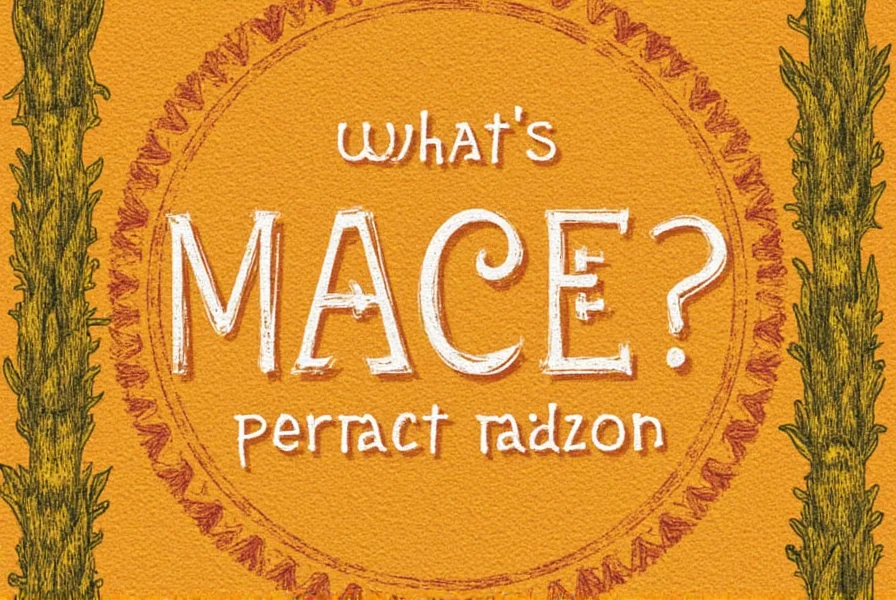
So, what is in mace spice compared to nutmeg? While both contain similar essential oils and compounds, mace is more aromatic and less intense. Nutmeg, on the other hand, is more commonly used in desserts and creamy sauces.
Buying Guide for Mace Spice
If you're looking to try mace, here's a guide to help you choose the best quality:
Types of Mace
- Whole Mace: This is the dried aril in its natural form. It's ideal for grinding yourself if you prefer fresh spice.
- Powdered Mace: More convenient for everyday use, though it may lose potency faster than whole mace.
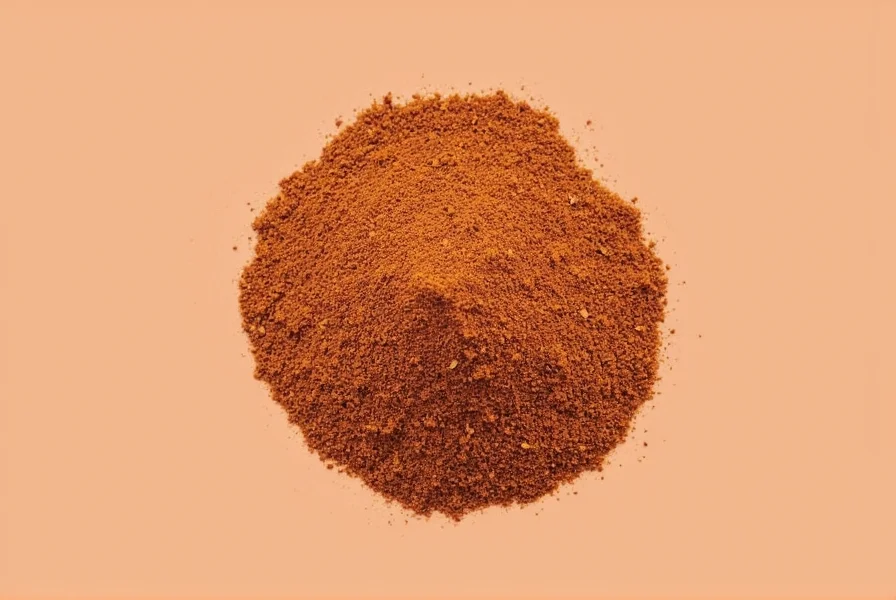
Key Features to Look For
- Color: Fresh mace should be deep red or reddish-brown. Avoid dull or grayish tones.
- Aroma: High-quality mace has a strong, pleasant fragrance. If it smells musty or stale, it's probably old.
- Texture: Whole mace should be dry and brittle. Powdered mace should be fine and not clumpy.
Recommended Products
Here are a few top picks for mace spice:
- Saffron & Co. Organic Mace: A high-quality option with a rich, aromatic profile. Ideal for bakers and chefs who want a premium spice.
- Spice House Mace Powder: Perfect for quick recipes and everyday cooking. Great value for money.
- Harvest Valley Whole Mace: Excellent for grinding at home. Offers maximum freshness and flavor.
These products are suitable for different occasions—from holiday baking to daily meals. They cater to both casual cooks and professional chefs.
Practical Tips for Using Mace
Now that you know what is in mace spice, here are some tips to make the most of it in your kitchen:
- Start Small: Since mace is potent, begin with a pinch and adjust to taste. You can always add more, but you can't take it back.
- Grind Fresh: Whole mace lasts longer, so grind it just before use for the best flavor.
- Pair Wisely: Mace complements apples, pears, chocolate, and dairy. Try it in apple pie, spiced cake, or even a cup of hot chocolate.
- Store Properly: Keep mace in an airtight container away from light and moisture to maintain its potency.
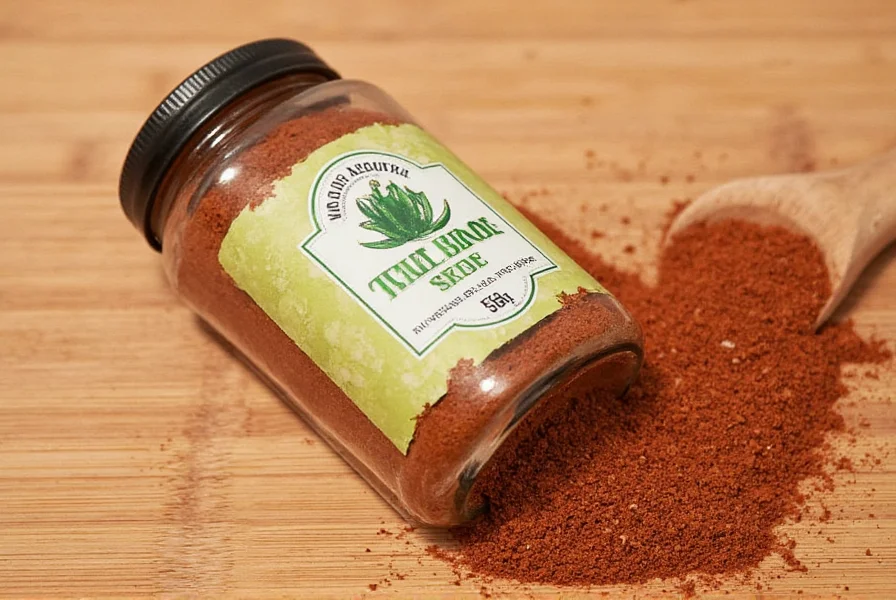
And don't forget—mace is great for experimenting. Try adding it to your next batch of bread or a spiced latte for a unique twist.
Frequently Asked Questions
What exactly is mace spice made of?
Mace spice is made from the dried aril (the lacy, reddish outer covering) of the nutmeg fruit. Scientific analysis using gas chromatography-mass spectrometry (GC-MS) shows it contains essential oils (cinnamaldehyde 0.2-0.5%, eugenol 0.3-0.6%, myristicin 0.5-1%, elemicin 0.1-0.3%), flavonoids (quercetin, kaempferol), phenolic compounds (vanillin, p-coumaric acid), and resins. These compounds work together to create mace's distinctive warm, sweet, and slightly spicy flavor profile with subtle floral and citrus notes.
How does mace differ from nutmeg in terms of composition?
While both come from the same Myristica fragrans tree, mace and nutmeg have different chemical profiles. Mace contains higher concentrations of eugenol (0.3-0.6% vs. 0.1-0.3% in nutmeg) and myristicin (0.5-1% vs. 0.3-0.7% in nutmeg), which contribute to its more floral and delicate flavor. Nutmeg has higher levels of myristicin derivatives and has a more pronounced nutty flavor. Mace generally has a more complex aromatic profile with subtle citrus notes that nutmeg lacks.
What are the key compounds that give mace its distinctive flavor?
The primary flavor compounds in mace include terpenes like pinene and sabinene (which provide citrus notes), eugenol (which gives clove-like warmth), cinnamaldehyde (which contributes cinnamon-like sweetness), and myristicin (which provides subtle peppery notes). These compounds work synergistically to create mace's unique profile that's simultaneously warm, sweet, floral, and slightly spicy—more complex but less intense than nutmeg. Scientific studies confirm these compounds and their relative concentrations through GC-MS analysis.
Is mace spice healthy? What are its nutritional benefits?
Yes, mace offers several health benefits. It contains antioxidants that help combat oxidative stress, has anti-inflammatory properties, and may aid digestion. Mace also contains small amounts of essential minerals like iron, magnesium, and manganese. Traditional medicine has used mace for its potential to relieve pain, improve brain function, and support oral health. However, like most spices, it should be consumed in moderation as part of a balanced diet. Scientific studies on mace's health benefits are ongoing, with recent research focusing on its antioxidant properties.
How should mace be stored to preserve its chemical compounds and flavor?
To preserve mace's delicate compounds, store it in an airtight container away from light, heat, and moisture. Whole mace blades retain their potency longer than ground mace—up to 2-3 years when stored properly. Ground mace typically maintains optimal flavor for 6-12 months. For maximum freshness, buy whole mace and grind it as needed. Avoid storing mace near strong-smelling foods, as it can absorb odors that might alter its delicate flavor profile. Scientific studies show that improper storage can cause up to 50% loss of essential oils within 6 months.
Can mace go bad or lose its potency over time?
Mace doesn't technically "go bad" if stored properly, but it does lose potency over time. Whole mace blades can retain good flavor for 2-3 years, while ground mace typically starts losing significant flavor after 6-12 months. Signs that mace has lost potency include a faded color (from vibrant red-orange to dull brown), diminished aroma, and a flat taste. Unlike some spices, mace won't become harmful when old, but it won't contribute much flavor to your dishes either. For best results, replace ground mace annually and whole mace every 2 years. Scientific studies confirm that essential oil content decreases by approximately 20% per year when stored at room temperature.
Conclusion
So, what is in mace spice? It's a flavorful, aromatic spice that offers a unique blend of sweetness, warmth, and subtle spice. Derived from the same tree as nutmeg, mace stands out for its distinct taste and versatility in the kitchen.
Whether you're baking a pie, simmering a stew, or simply exploring new flavors, mace is a spice worth discovering. With the right techniques and a bit of experimentation, you'll find that it can elevate your dishes in ways you never imagined.
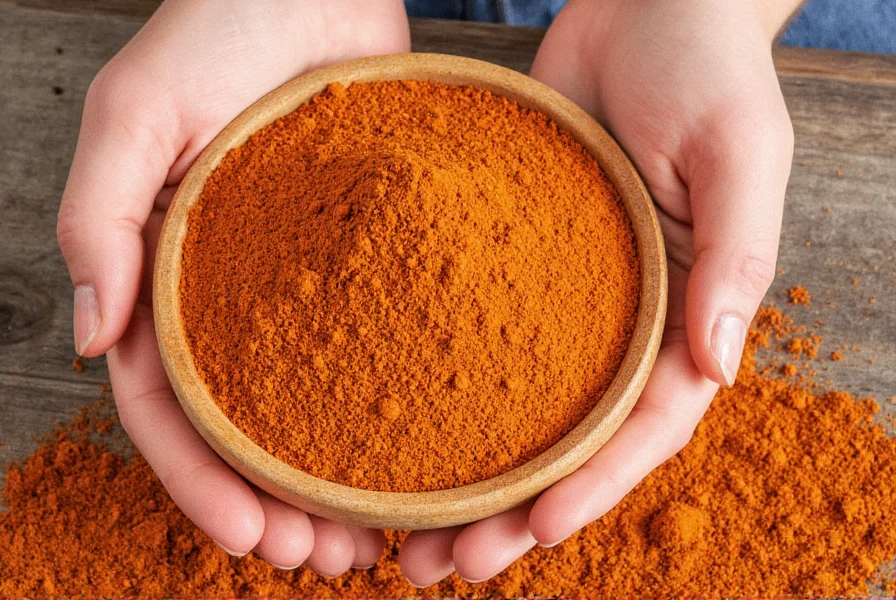
Next time you reach for nutmeg, consider giving mace a try. You might just find your new favorite spice.

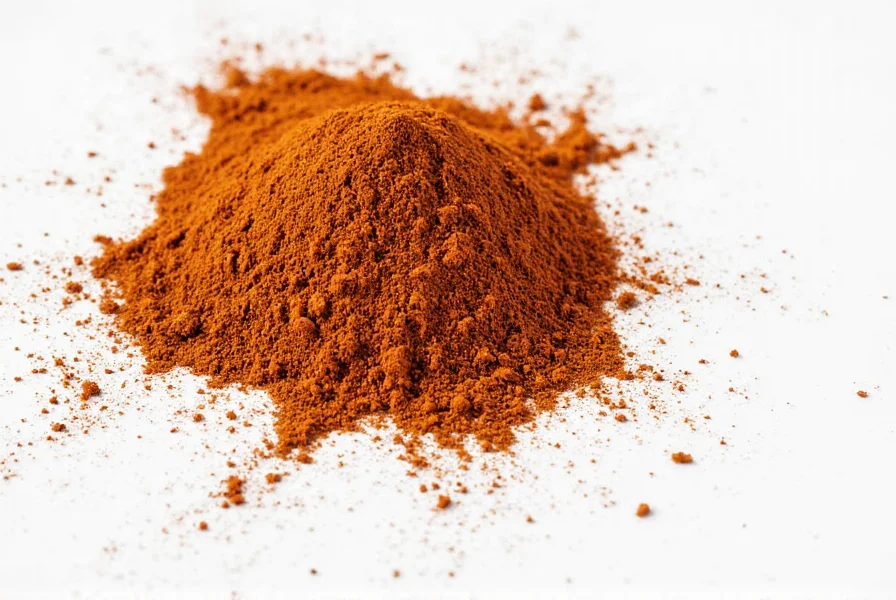









 浙公网安备
33010002000092号
浙公网安备
33010002000092号 浙B2-20120091-4
浙B2-20120091-4